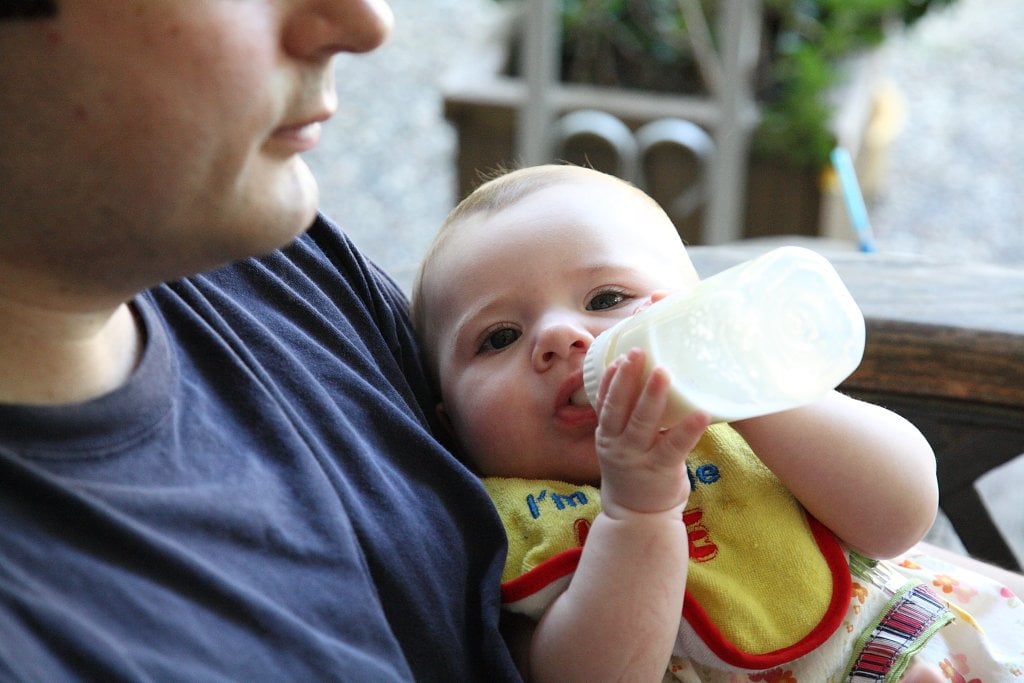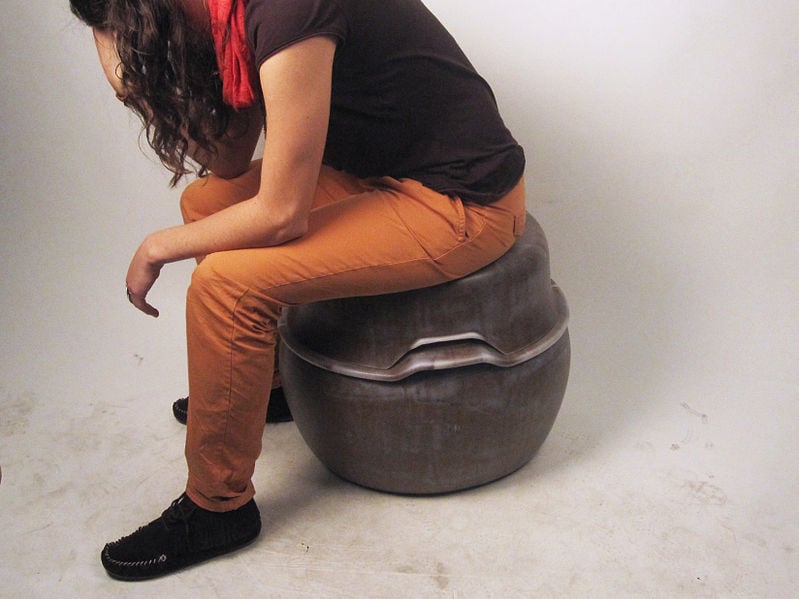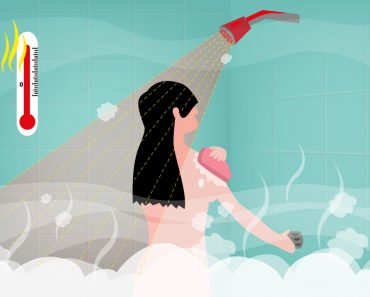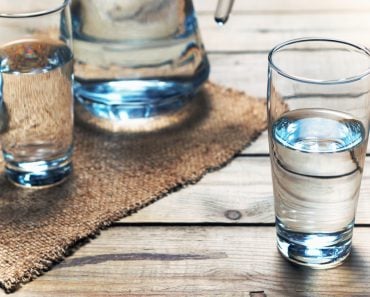Table of Contents (click to expand)
Most “experts” have converged on the consensus that lukewarm water temperature lies between 98º and 105º F, although there are some skeptics who believe it is colder.
How often have you used the word ‘lukewarm’ to either describe someone who’s not as excited as you are or the warmth of the water that springs from the head of your shower? After years of deliberate practice, you’ve mastered the art of rotating the knobs to that perfect temp. Just the right amount so that the sudden splash of water is neither too hot to traumatize you nor too cold to send shivers down your spine!
The warmth of lukewarm or tepid water lies in the Goldilocks Zone; just the right amount to freshen your morning and kickstart the day. However, have you ever wondered how hot is that “right” hot? Have you ever considered the actual temperature of something described as lukewarm?

Recommended Video for you:
The Interesting History Of ‘Lukewarm’
At first, the magnitude of warmth seems subjective. If you investigate the origins of the word, you would find that the word “luke” is derived from the Middle English word “lew”, which meant slightly warm or “tepid”.
Tracing back further, you’ll find that “lew” itself was derived from an Old English adverb “hleowe”, which meant “warm” or “sunny”. Sunny is an appropriate description for the refreshing warmth of spring, which could readily be associated with lukewarm, as seasons go.
Similarly, the word “tepid” comes from “tepidus”, which is a Latin word meaning “moderately warm”. This, in turn, is derived from the Sanskrit word “tapati”, which means “makes warm”.
Lukewarm Water Temperature
However, the definition is not entirely empirical. We have narrowed this warmth to a certain range of temperatures. Experts have converged on the consensus that the magic temperature of lukewarm water lies between 98ºF (36.66oC) and 105ºF (40.55oC). However, there are some skeptics who believe it is marginally colder, lying somewhere between 80ºF (26.66oC) and 90ºF (32.22oC).
Sensing The Lukewarm
Without a thermometer at your disposal, you can discern whether a volume of water is lukewarm or not by examining if it is just slightly warmer than your own body’s temperature. The difference is, as mentioned, marginal. Pour the warm water on your hand and examine if it is seatbelt-microwaved-in-a-car hot or just feverish hot. Conventional fevers elevate a body’s temperature to no more than 103º F, so feverish hot is what you’re looking for.
Lukewarm water isn’t just a bathing fetish, it’s also ubiquitous in recipes. The most basic of these is the warm milk that infants find so delectable. The temperature of the milk is always recommended to be nothing but lukewarm, which is why the baby milk test is also recognized as an excellent determinant of lukewarmness.

Now, let’s look into some of the benefits and applications of lukewarm water.
Benefits Of Lukewarm Water
Better For Digestion And Easing Of Constipation
According to ancient medical scriptures in Indian and Chinese culture, drinking warm or lukewarm water in the morning can kickstart the digestive system, providing several health benefits.
That’s because, in medical parlance, lukewarm water has something called a vasodilating effect on the body. This is the bodily response of widening the blood vessels and stimulating the flow of blood towards the intestines, which in turn bolsters the digestive process. That’s why many doctors recommend drinking tepid water on an empty stomach for those who have constipation issues.

However, there is a caveat. It’s not that “hotter is better”. Many experts recommend that the peak temperature of warm water should not exceed 120ºF. Exceeding temperatures beyond that would pose the risk of damaging the epithelial cells of the mouth and throat.
Clearing Out Your Sinuses
One of the most effective home remedies for a stuffy nose is lukewarm or warm water. According to medical experts, drinking it may alleviate some symptoms pertaining to respiratory tract congestion. Research has confirmed that tepid water helps to clear nasal congestion faster than cold water because the warmer temperature expedites the rate of mucus travel.

Good For Dental Care
Interestingly, lukewarm water can also help in improving dental hygiene. It turns out that tepid water is better than cold water for teeth and restorations. If you have fillings due to cavities, certain white filling material contracts if the water used while rinsing is too cold. It may even de-bond from the tooth, in some cases. However, remember that going to the opposite extreme and using very hot water is detrimental too! You’ll need to consult your dentist for the right lukewarm water temperature range to maintain the right dental hygiene for your teeth
Pain Relief And Better Sleep
Drinking lukewarm water improves blood flow to the tissues, helping to relax the muscles. This would help in alleviating pain associated with joint aches or menstrual cramps. Some even believe that drinking lukewarm water before going to bed has a soothing effect that helps you fall asleep faster!
Cooking
Lukewarm temperatures find applications in cooking too, especially for dishes involving yeast. When cooking a dish that includes yeast, one is required to add lukewarm liquid—usually water or milk—to activate the yeast. Cold water deprives the yeast of the necessary energy to rise, while overly hot water will over-activate and kill the yeast.
Only liquid that is lukewarm will activate the yeast, which will react with the sugar in the dough to create carbon dioxide and cause the dough to rise. Recipes usually suggest that such an optimal temperature be achieved by mixing one-part room-temperature water with two parts boiling water and then shouting voila! when you’re done.
References (click to expand)
- Paranjpe, P., Patki, P., & Patwardhan, B. (1990, April). Ayurvedic treatment of obesity: A randomised double-blind, placebo-controlled clinical trial. Journal of Ethnopharmacology. Elsevier BV.
- Cole, P. (1954, September). Respiratory Mucosal Vascular Responses, Air Conditioning and Thermo Regulation. The Journal of Laryngology & Otology. Cambridge University Press (CUP).
- Grosscup, E. A. (1931, December). The Value of Rest and Sleep. Journal of Educational Sociology. JSTOR.













